
Sue Rovens, Author and ALLi Member
The ‘We need to talk about…' regular blog posts offer an opportunity for ALLi members to share their personal views on an issue affecting the author community or that they feel strongly about. Topics can challenge the status quo, or present alternative ways of thinking. The posts aim to ignite meaningful debates that may broaden perspectives, inspire change, or strengthen the indie author community as a whole.
In this month's opinion piece, Sue Rovens reflects on the pros and cons of adding Trigger Warnings to written content, including her reasons for choosing not to use them for her own Thriller novels.
We Need to Talk About…Trigger Warnings: Sue Rovens
In 1829, New York State Law required all containers of poisonous substances be labeled. The skull and crossbones first illustrated those labels in 1850. In 1906, the Pure Food and Drug Act was created to prevent consumers from ingesting and/or using products that were at best either grossly mislabeled (false advertising), or worse, possibly cause physical harm. In May 1993, television channels in the U.S (ABC, CBS, NBC, Fox) announced the adoption of an “advance parental advisory plan” to warn television viewers of the presence of violent content on television programs.
Warnings and cautionary symbols are not new concepts in our culture. Whether it’s giving us pause for food, drugs, cars, or commercial products, standards and practices have been in full force for nearly two centuries. In some cases, notices about impending danger may be lifesaving. In other cases, however, I'd suggest that taking heed should be best left to personal choice.
The latest addendums of cautionary tales are known as Trigger Warnings (1). Only thirty-some years in, the idea of providing Trigger Warnings on movies, books, or even educational materials may eventually become so commonplace that the debate of whether or not to include them may become futile. Trigger Warnings could soon be the new standard, and not the exception to the rule.
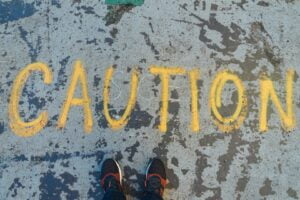
Photo by Goh Rhy Yan on Unsplash
Are Trigger Warnings actually helpful?
The real question is, should they be? Are Trigger Warnings actually helpful or are they a form of bubble-wrapping the already fragile state of our current world? Why are cautionary warnings needed now as opposed to earlier decades? People have lived through disasters and hardships for eons. Was it an oversight that Trigger Warnings didn’t truly come into play in the 18th, 19th, or most of the 20th century, or were people simply “tougher” back then?
While there are some who might remain indifferent, most people, especially those in the arts, come down on one side or the other.
As a society, we are becoming painfully aware of stereotypes, labels, and exaggerated representations of people and situations that were once regarded as “acceptable” but in reality, were (and still are) racist, misogynistic, or otherwise hurtful. Times are changing, and for the most part, that in and of itself is a good thing. While there is still room for improvement, the headway being made is considerable.
Including a Trigger Warning about potential subject matter that some might find upsetting or harrowing may be helpful. It shows concern, consideration, and sensitivity toward those ingesting the material. Individuals who don’t wish to be startled or relive a traumatic experience can be cautioned against a book or a movie by the appearance of a well-placed Trigger Warning. It can help provide a “safe passage” for those looking to indulge in entertainment, but who don’t want to deal with distressing issues.
However, when it comes to protecting people from words and images, as opposed to literal physical violence, I believe we’ve started to lose ground and perspective. While there are cases to be made where a Trigger Warning makes sense (children’s books, for example), I believe we’re on the verge of a bridge too far.
Creating a ‘safe space'?
Life is hard. Bad things happen. Authors (and film makers) shouldn’t be held responsible or accountable for creating a “safe space”, as their job is to entertain, educate, or create an avenue for escapism. Some people enjoy indulging in the seedier side of things. True crime is wildly popular in all manner of outlets. For those who gravitate to such material, Trigger Warnings only serve as a spoiler alert and/or potentially giving away key factors that would have best been left as a surprise.
I can only assume that if I had an agent/editor/publishing house to please, they might force my hand and insist that I use Trigger Warnings in my books. When working under the tutelage of others, one often must go along to get along. However, since I am an indie author and have only myself, and to a degree my readers, by which to answer, I have chosen not to post Trigger Warnings in any of my fiction and have no plans to do so in the future. And here is why:
- Reason One – I write suspense/thrillers (with flakes of horror). When a potential reader picks up my work, they will instantly know the genre and overarching theme of the work. If they choose to read the back blurb, they should be able to pick up on the tone, flavor, and feel of what’s inside. My cover art too, happens to be very telling, foreshadowing the general theme of my chosen genre. There should be no question that a reader may find my stories disturbing, weird, chilling, or dark. The cover, blurb, and synopsis provide ample information to potential readers. The addition of Trigger Warnings seems not only redundant but leans heavily on overkill.
- Reason Two – News outlets, social media, streaming, and other venues of entertainment can be seen as a bit of the Wild West. Anything can be easily found with the click of a mouse or the tap of a keyboard. Everything from the slightly unpleasant to the horrific and ugly is out there, and some authors choose to include such phenomena, creating works of fiction from the harsh realities of our current climate. But, as disturbing or frightening as a book can be, it’s also in a format that can be set down, given away, or remain unfinished. Movies and television can be turned off. These forms of entertainment can easily be discarded whereas the devastating realities of real life cannot. If we are to face the world with our own fortitude, collective strength, and communal support, how can we ask authors to warn us about fictional situations that can’t literally cause us physical and/or psychological damage above and beyond setting our eyes upon certain words?
I understand that stories can push certain memories into our consciousness, and there is no doubt that many people have suffered or currently suffer from terrible traumas. But words on a page (or scenes in a movie) are not equivalent to literal physical and/or psychological harm. I don’t believe anyone who creates any form of art should have to justify, protect, or warn the average adult who might find their work questionable, let alone disturbing.
As some studies (2) suggest, Trigger Warnings don’t actually do much at all, except to sway the current societal barometer to one of avoidance and cancel culture.
Member Biography
Sue Rovens is an indie suspense/horror author who lives in Normal, Illinois. She has written five novels and two books of short horror stories.
Track 9, her second novel, received a starred review in Publisher's Weekly (May 2018), her short story, “Coming Over”, from her book, In a Corner, Darkly (Volume 1) was turned into a screenplay and short student indie film by the theater department of Southern Illinois University, Carbondale, and another short story, “When the Earth Bled”, won 2nd place in the Support Indie Authors short story contest.
Sue owns a blog (suerovens.com) which includes interviews with authors, musicians, podcasters, and artists. She is also a current member of both the Chicago Writers Association and the Alliance for Independent Authors (ALLi).
 Find out more
Find out more
If you enjoyed this opinion piece, you may want to catch up on others in the series, including last months submission which took a closer look at how selecting specific genres can cause issues for indie authors: ‘We need to talk about…genre'.
Article Citations
- “The term trigger warning originated in the late 1990s on feminist Internet message boards, where it referred to site-sponsored cautions to readers regarding the presence of graphic depictions of rape in certain posts. Reading such material, it was argued, could trigger panic attacks and other symptoms of post-traumatic stress disorder (PTSD) in victims of sexual violence. Soon the term and the practice were applied to other discussions in the interest of protecting the sufferers and victims of a wide range of disorders, conditions, and traumas, including eating disorders, self-mutilation, suicidal tendencies, and domestic abuse.” (https://www.britannica.com/story/trigger-warnings-on-campus)
- “Trigger warnings, content warnings, or content notes are alerts about upcoming content that may contain themes related to past negative experiences. Advocates claim that warnings help people to emotionally prepare for or completely avoid distressing material. Critics argue that warnings both contribute to a culture of avoidance at odds with evidence-based treatment practices and instill fear about upcoming content. A body of psychological research has recently begun to empirically investigate these claims. We present the results of a meta-analysis of all empirical studies on the effects of these warnings. Overall, we found that warnings had no effect on affective responses to negative material or on educational outcomes. However, warnings reliably increased anticipatory affect. Findings on avoidance were mixed, suggesting either that warnings have no effect on engagement with material or that they increased engagement with negative material under specific circumstances.” (https://journals.sagepub.com/doi/10.1177/21677026231186625)

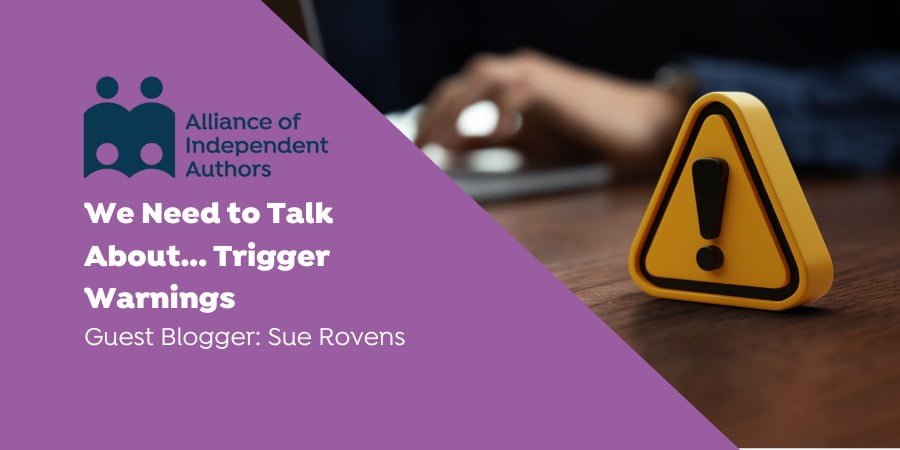
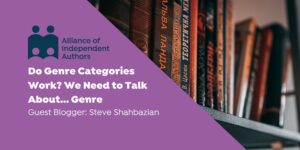 Find out more
Find out more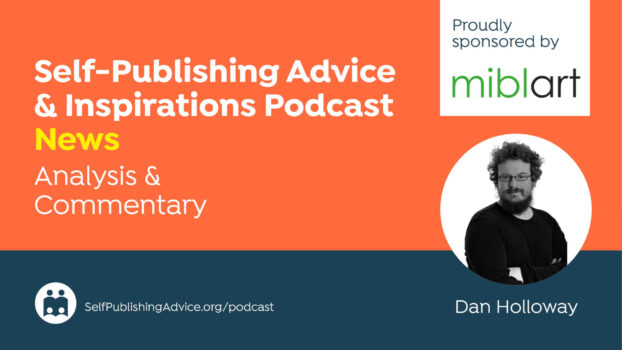
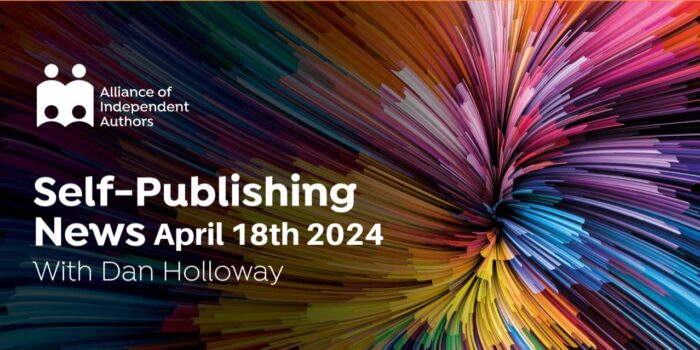
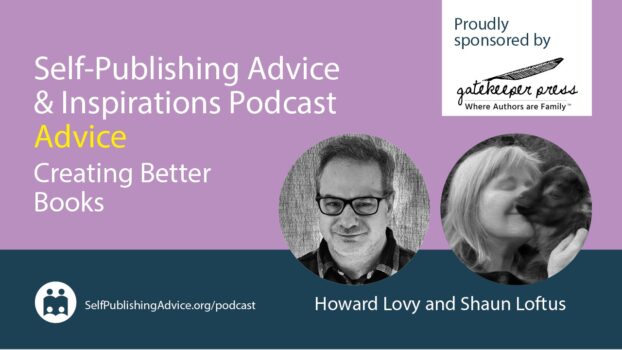
9f1876